This post may contain affiliate links. If you click through a link and make a purchase, I may receive a commission at no additional cost to you. As an Amazon Associate, I earn from qualifying purchases. Read the full disclosure here.
Toe numbness is a common complaint when using this popular cardio machine.
Why do my toes go numb on the elliptical? Toe numbness happens due to constant forefoot pressure due to your foot never leaving the platform during an elliptical workout. This compresses the nerves in the foot and results in an uncomfortable bought of numbness or tingling underneath the ball of the foot and toes.
Keep reading to learn what you can do to avoid this uncomfortable sensation during your workout.
Disclaimer: This content is for educational purposes and is not medical advice. Read the full disclaimer.
Why do my toes go numb on the elliptical?
Here are the most common reasons your feet are falling asleep.
Constant pressure on the forefoot
During walking or running, there’s always a phase of the gait cycle when the foot has no contact with the ground, and the pressure is relieved.
On an elliptical machine, this pressure relief doesn’t happen so easily.
The quadriceps and hamstrings do more work on the elliptical than with walking. (Prosser LA et al. ) Your foot maintains constant contact with the pedal as you forcefully press down against resistance.
This constant pressure leads to numb feet pretty quickly with compressed nerves and reduces blood flow circulation to the bottom of the foot.
Your shoes are laced too tight
Another reason for numb toes on the elliptical is if your shoes are laced too tight.
While you may not notice this walking on level surfaces, the constant pressure on the forefoot coupled with pressure from tight laces can compress toes quickly.
You’re leaning forward
Leaning your weight forward on the elliptical will place more pressure on the forefoot.
Instead, try to keep your shoulders over your hips and maintain a tall posture as you move to more evenly distribute your weight over your feet.
It’s the type of elliptical you’re using
Not all elliptical machines are created equal. Some have moving arms, some have elevation, and others are a relatively flat surface.
All of these differences between machines can affect how comfortable you are. Try using different styles of elliptical machines to determine which is the most comfortable for you.
An elliptical machine that has the option for elevation where the pedals also move up and down can relieve some pressure on the forefoot.
Can the elliptical cause nerve damage?
Under normal conditions, this type of numbness and tingling are just temporary and harmless. It should resolve quickly by wiggling your toes or changing your stride.
However, using the elliptical may increase nerve irritation if you have any other foot pain, plantar fasciitis, or nerve issues, such as a neuroma or neuropathy.
If your symptoms do not resolve after stopping the elliptical or you notice similar symptoms at other points throughout the day, it’s best to check in with your doctor.
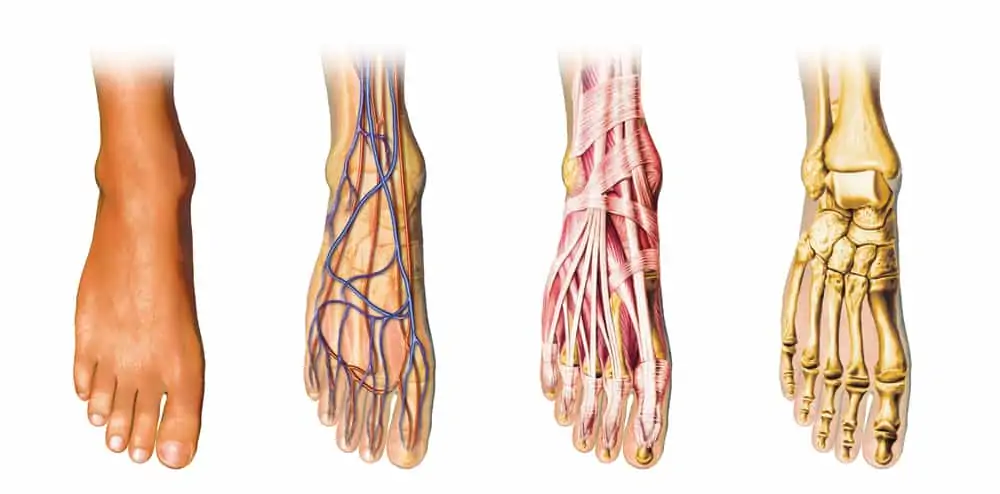
How do I stop my feet from going numb on the elliptical?
There are plenty of ways to alleviate annoying foot numbness during your workout. Try these tricks the next time you start to feel pins and needles creeping in.
- Wiggle your toes intermittently to bring sensation back
- Wear proper-fitting shoes with a wide enough toe box and make sure your laces aren’t too tight
- Place your weight through your whole foot, not just the forefoot and toes
- Slightly lift your heel as you move the back leg forward – don’t keep your feet flat the entire time
- Position your feet properly on the pedals
- Pedal backward intermittently to change up the forces on your feet
- Increase or decrease the incline of the machine
- Adjust the resistance
- Reduce the time spent on the elliptical
- Cross-train with other equipment (e.g.: stanionary bike, treadmill, stair climber, rowing machine)
- Try different styles of elliptical machines
If you’re curious about other low-impact workout options to cross-train, be sure to check out my in-depth article with 18 examples of low-impact workouts plus injury-prevention tips to keep you moving safely.
Proper foot placement on elliptical machines
All ellipticals are slightly different and some may be more comfortable than others, especially on the knees. Foot pedals are often large to accommodate a range of sizes and it can be difficult to know exactly where to place your feet.
When it comes to foot placement, the most important thing is that your feet are even to align your hips. For example, don’t have your left foot toward the front of the pedal and your right foot toward the back.
If you can, place your foot at the front of the pedal so the edge stabilizes your foot and there’s less risk for slipping around during your workout. Placement may vary slightly between elliptical brands.
Ellipticals mimic a running motion. As you move the back leg forward, there should be a slight lift in the heel. This lift will be less than a normal walking or running gait cycle but will help with the smoothness of your movements during your workout.
Be sure to avoid staying on your toes the entire time. Pushing through the heel will also help activate the back of the body, for example, engaging the glute muscles, especially when using inclines.
More elliptical workout tips
- Maintain upright posture – don’t slouch forward over the machine
- Keep your body centered – don’t rock side to side with the movement
- Movable arms can help balance weight and fluidity of the workout by encouraging a reciprocal motion
- Don’t stay on your toes the entire time
- Swtich up your workouts with varied incline and resistance
- Don’t let the elliptical be the only thing you do for exercise
Another complaint about elliptical machines is that they’re boring.
Following a program like intervals or HIIT on cardio machines help make them less boring and give you a better workout than zoning out to bad TV.
Using a fitness app like Aaptiv allows you to follow a class on the elliptical trainer. It’s easy and you don’t even have to think – just follow the cues from the instructor.
You can read my full review of the Aaptiv fitness app here for an inside look to see if this audio-guided program needs a place in your workout.
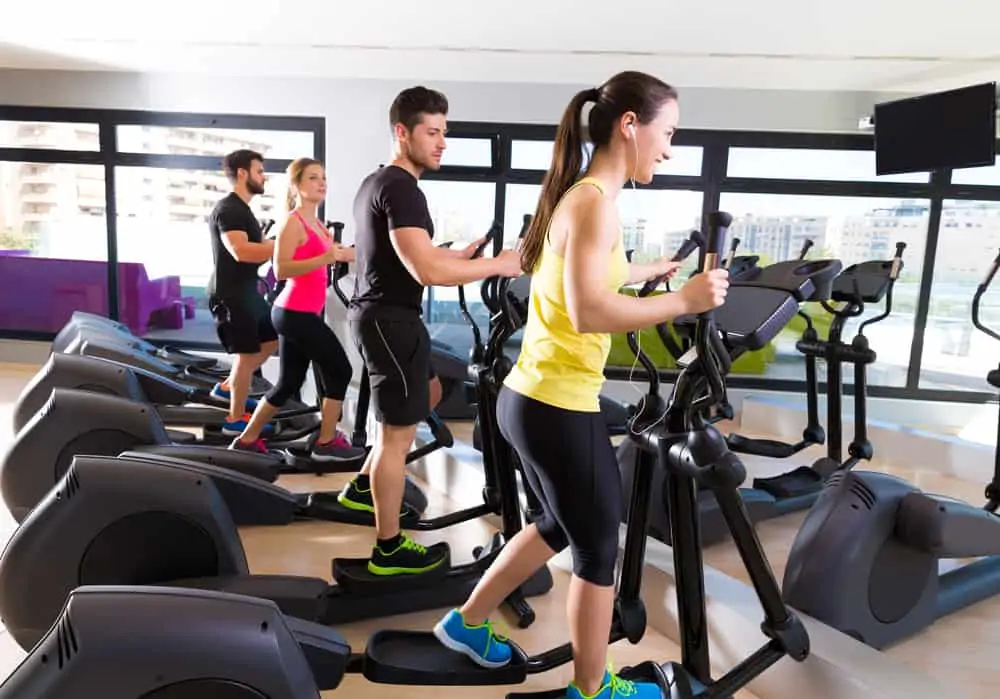
What shoes are best for elliptical workouts?
Personally, I’ve never noticed a difference in numbness with different types of shoes (Providing that those shoes fit properly). I’ve worn various running and cross-training shoes and the numbness seems to be equal opportunity.
You can experiment with different levels of cushioning to see if that makes a difference for you. Shoes that are too narrow may increase the chances of numbness due to compression.
Both running and cross-training shoes are appropriate for an elliptical workout. Cross-trainers are always good to keep in your repertoire because they have more smooth bottoms and lateral support to improve your ability to balance and make directional changes during workouts.
To learn more about what shoes to wear for workouts and why it matters, read How To Choose The Right Athletic Shoe For Any Workout.
In general, for exercising you want to make sure your shoes have enough room as your feet swell. Tight or ill-fitting shoes will almost certainly make your toes go numb with exercise. Increasing by ½ size can help with this.
Make sure the shoes have good support for your foot, room for your toes, and the laces are snug but not tight.
Surprisingly, many are wearing the wrong shoes for both their foot type and workout. 11 Signs You’re Wearing Bad Workout Shoes takes a look at some simple tips you can use to get the right shoe for you.
Wrapping up
Elliptical machines offer a low-impact cardio workout, but numb toes on the elliptical is a common complaint.
Use these tips to make the most of your elliptical workout and avoid annoying numbness. Let me know which of these tips worked best for you!
References:
Prosser LA, Stanley CJ, Norman TL, Park HS, Damiano DL. Comparison of elliptical training, stationary cycling, treadmill walking and overground walking. Electromyographic patterns. Gait Posture. 2011;33(2):244-250. doi:10.1016/j.gaitpost.2010.11.013

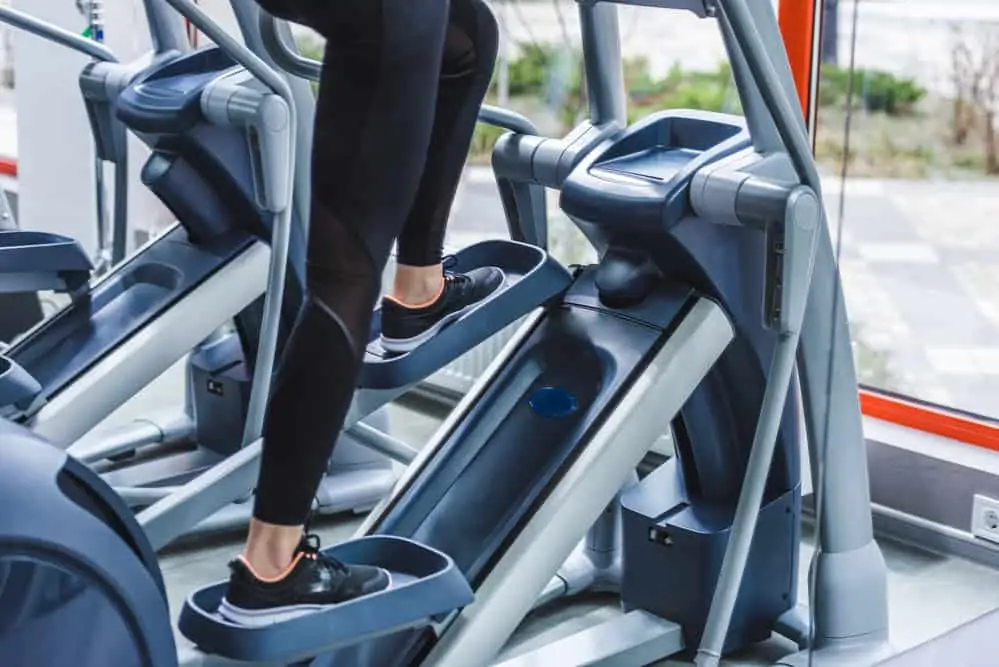



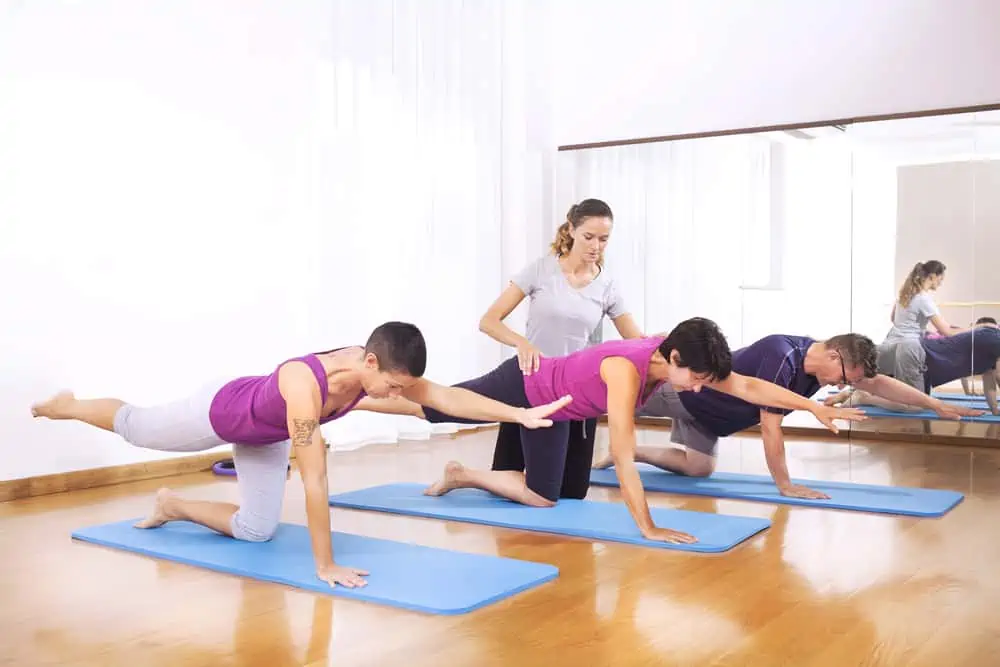
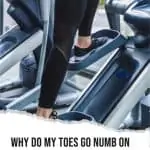
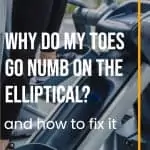
What stretches should I do before using an elliptical machine? You provided some really useful advice, and this article is extremely instructive; keep up the good work.
You know I had this problem all the time until I started wearing a wide toe box shoe like the Xero Prio Running Shoe. My toes only fall asleep with elliptical sessions longer than 45 minutes or so now. But I’ll try different foot positions, and maybe trying to take my weight off my feet more often.
Yes, proper-fitting shoes with a wide-enough toe box are essential for comfort during working out. Compression from improper shoes and compression from constant pressure on the pedal are two big ways people can experience numbness on the elliptical. Glad you found the shoes that work for you. Thanks for sharing your experience.